Benedict Spence
A Good Kind of Sideways
Benedict Spence is an Emmy Award-nominated cinematographer who has built a diverse career across TV, drama, and commercials. We sat down with Benedict to discuss his unconventional journey, his creative approach to cinematography, and how he balances the demands of his career with personal life.
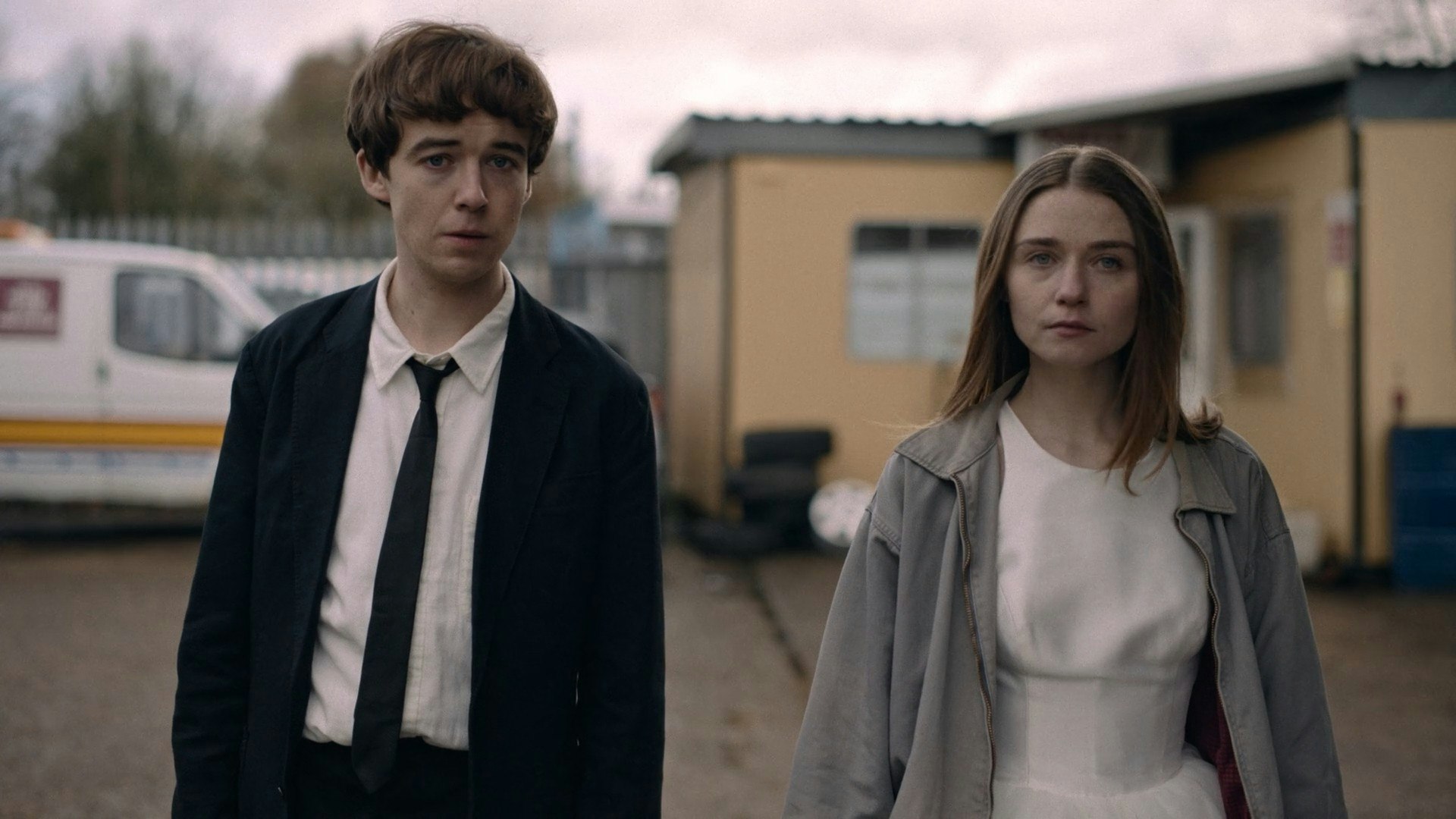
Still from 'The End of the F**king World: Season 2', Cinematographer - Benedict Spence
Fabrik: From shooting horror films with friends on 8mm to becoming a full-time DOP, you've had an unconventional path. What key moments or projects helped you transition from a hobbyist to full-time?
Benedict: "I guess I came out of my hobbyist phase quite early on; I started working as a freelance camera operator in documentary, factual entertainment, and kids TV in the early 2000’s. It was a dream come true to be paid to travel the world and work with a camera on my shoulder. I had some amazing experiences and got to do some very fun things. My first ever paid TV job was operating on the BBC’s Blue Peter in 2002, I still remember the thrill of seeing my name on the credits at the end of the show.
My first foray into proper TV drama was on Hollyoaks Late Nights (the racy one!) in 2012, which was a real trial-by-fire of fast decision-making but also I had carte blanche to be creative! Since then my biggest break has probably been Netflix's The End Of The F**king World, which I shot the second series of in 2020. I was nominated for an Emmy award for my work on it, which was a lovely shock.
Inside I like to think I’m still just a kid with a camcorder making my friend put a huge volume of ketchup in their mouth and pretend to be dead tho!"
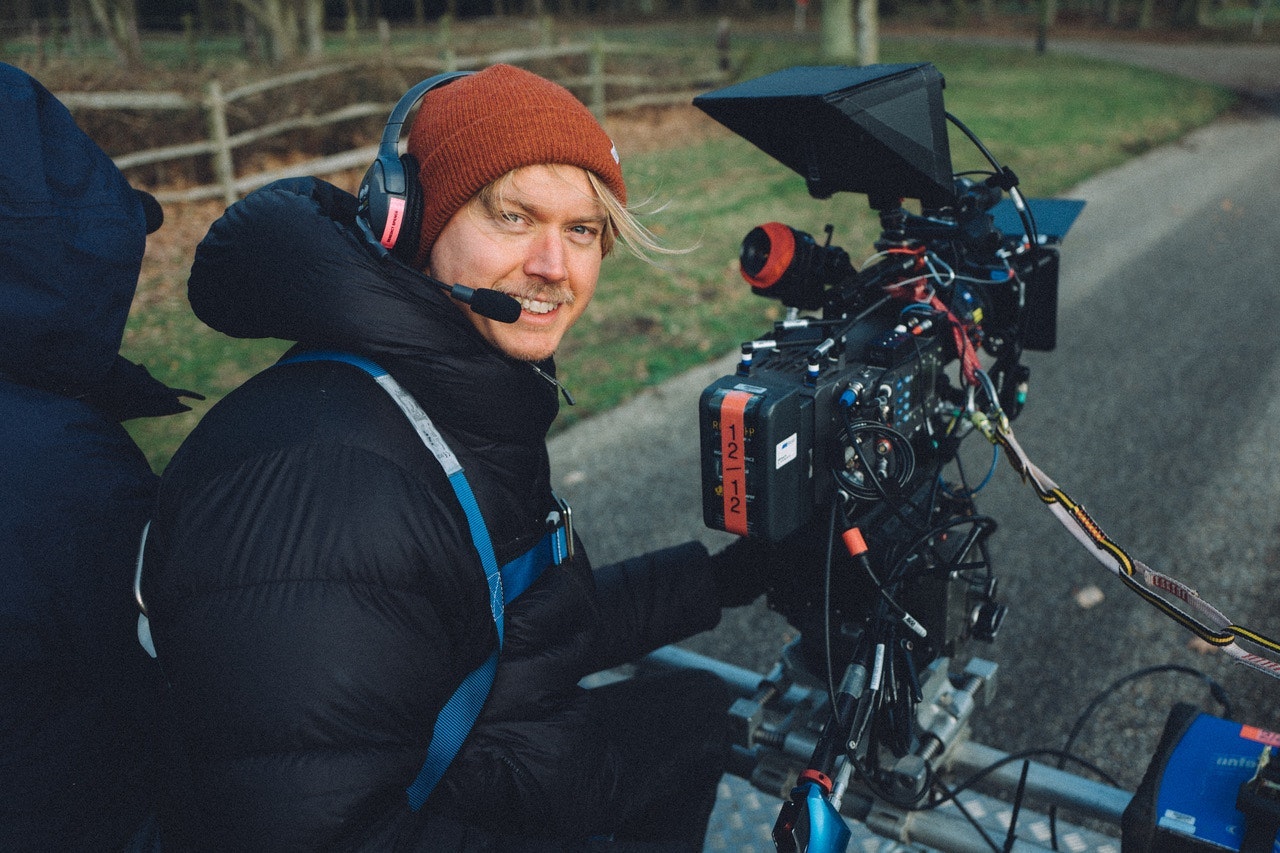
BTS: In-frame - Benedict Spence
Fabrik: You mention never assisting and 'doing things the wrong way'. How has that shaped your style and approach on set? Do you think it's given you a creative edge?
Benedict: "Yes I guess I came to where I am kind of sideways. I didn’t assist and I didn’t go to film school. It’s meant my career path has been gradual, and without any real guidance of how it should all work. I guess it means that any lessons I've learned, I've learned them the hard way (by fucking up myself, rather than being taught them!).
I don’t think that’s a bad thing, and I don’t think it’s given me a creative edge, it’s just slightly different from the norm. I do think it’s given me a very solid foundation for my career."
Fabrik: You've worked on a wide variety of projects - from factual entertainment like 'Pimp My Ride' & 'MTV Cribs' in the early years, now to drama and commercials. How do you approach the different demands of drama versus commercial work? Is there one you feel more connected to creatively?
Benedict: "The old factual entertainment days were brilliant fun. And I got to work on all sorts of shows, that many people watched and which made a real cultural impact. I worked hard, and so did my directors to push the boundaries on those shows. However they did not have space for the same kind of visual creativity that my jobs today give me. I’m very lucky to have moved into the world of drama, and commercials, where the visual part of a show is as important as the content (well, nearly).
So yeah absolutely the demands I have now are far more creative. But my early days of fact ent taught me how to work fast, think on my feet, make use of the resources I have when shooting, and most importantly how to enjoy the job that I do with the crew I have around me."
Fabrik: For aspiring cinematographers, the journey can seem daunting. What advice would you give to those just starting out, particularly those without film school backgrounds?
Benedict: "Wow yeah that’s a big one. I think it’s very hard to control one's career; it’s taken me 22 years of working to get to where I am… And I feel I’m not even 1/2 way to an understanding of the craft of cinematography. The old saying goes that it takes 10,000 hours to become a master at something, so really my main bit of advice would be to get filming. Cameras are everywhere, as are the information resources. Far beyond what was available to me when I was young. So just start shooting things, on whatever kit you have (don’t get obsessed by the kit!). Start ticking off those 10,000 hours! Oh and watch some films… They are roadmaps to filmmaking.
I think it’s important to understand that what a cinematographer does is a combination of technical and creative. Understanding the technical of camera, lenses and lights is vital. But what takes the time is learning the creativity of story telling, of harnessing light, bending it and manipulating its shape and colour and texture to help tell that story better. And doing it all without going into overtime on a shoot day!"
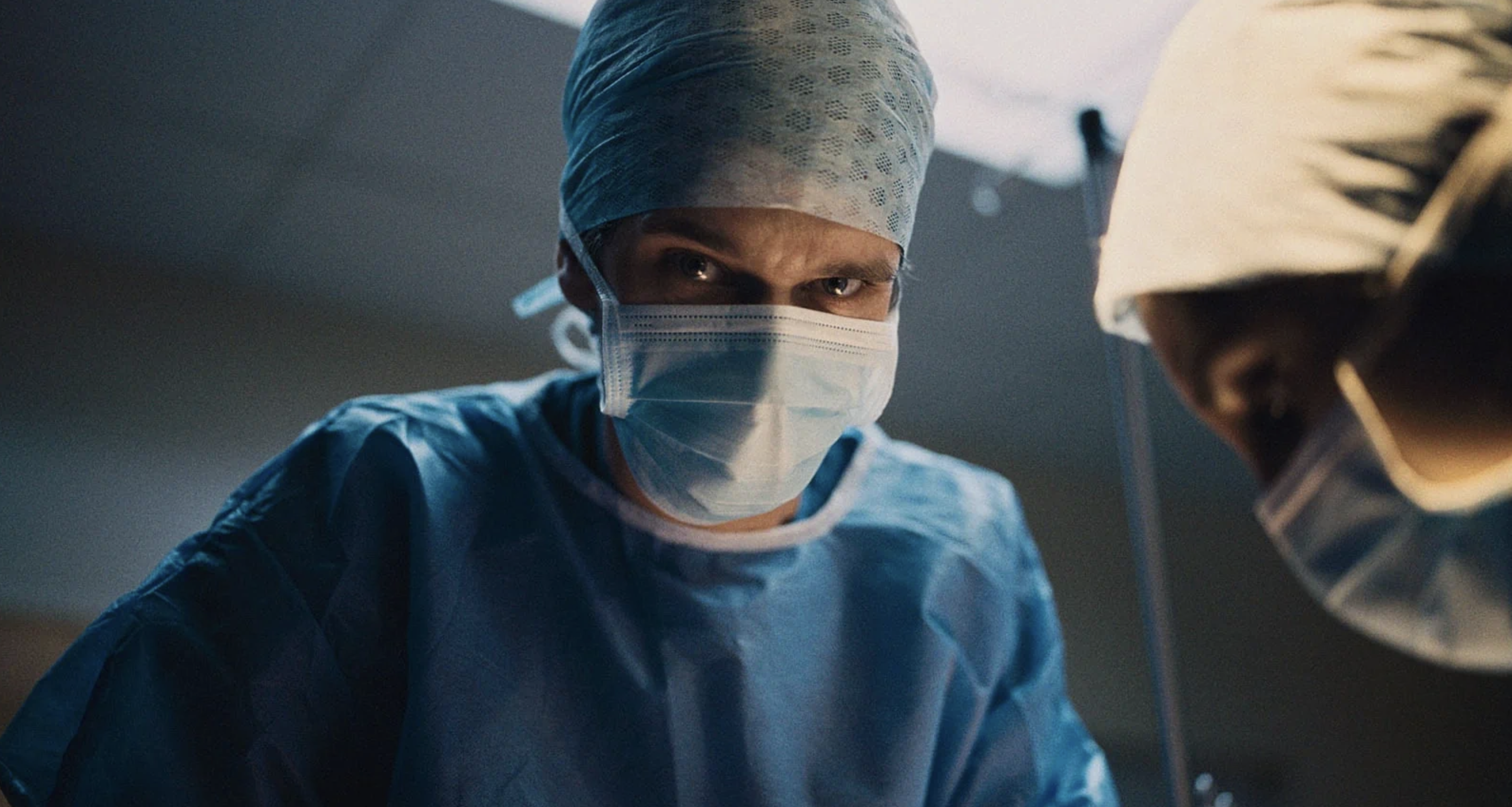
Still from 'This is Going to Hurt', Cinematographer - Benedict Spence
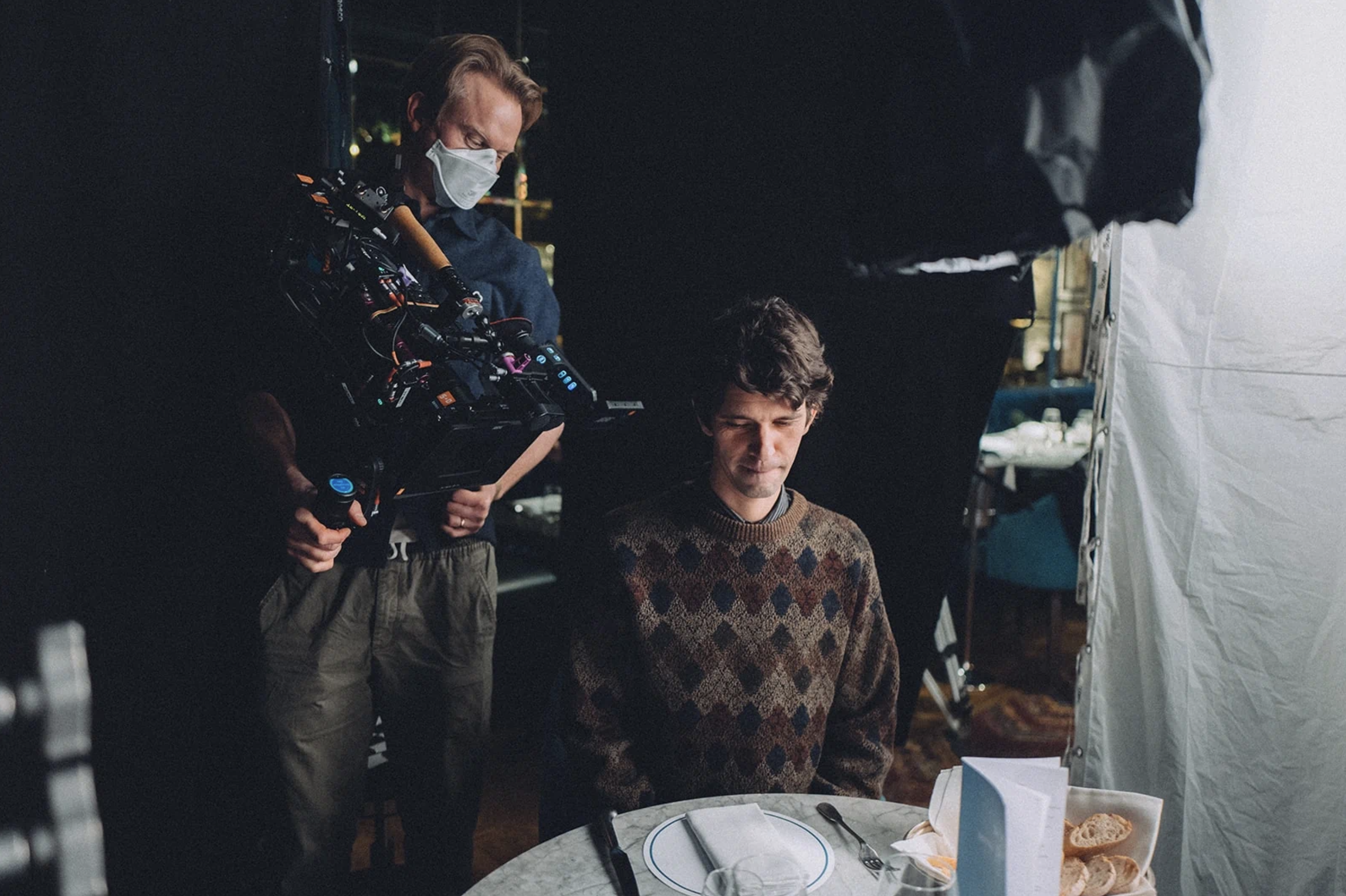
BTS from 'This is Going to Hurt', Cinematographer - Benedict Spence
Fabrik: Your work on Netflix's 'The End of the F**king World' earned you an Emmy nomination (congratulations) How did you approach the cinematography for that series, and what challenges or unique experiences stood out?
Benedict: "I was lucky enough to inherit a wonderfully shot 1st series, which served as a good foundation for a 2nd! I tried very hard to inject my own look and style into the second series, which involved a kind of role-play… I tried very hard to do things simply, in a minimalist way, imagining that I was shooting an indie movie rather than a Netflix TV show. The 2nd series had a different plot line and a different setting so it was about embracing that and allowing that to guide the look and style."
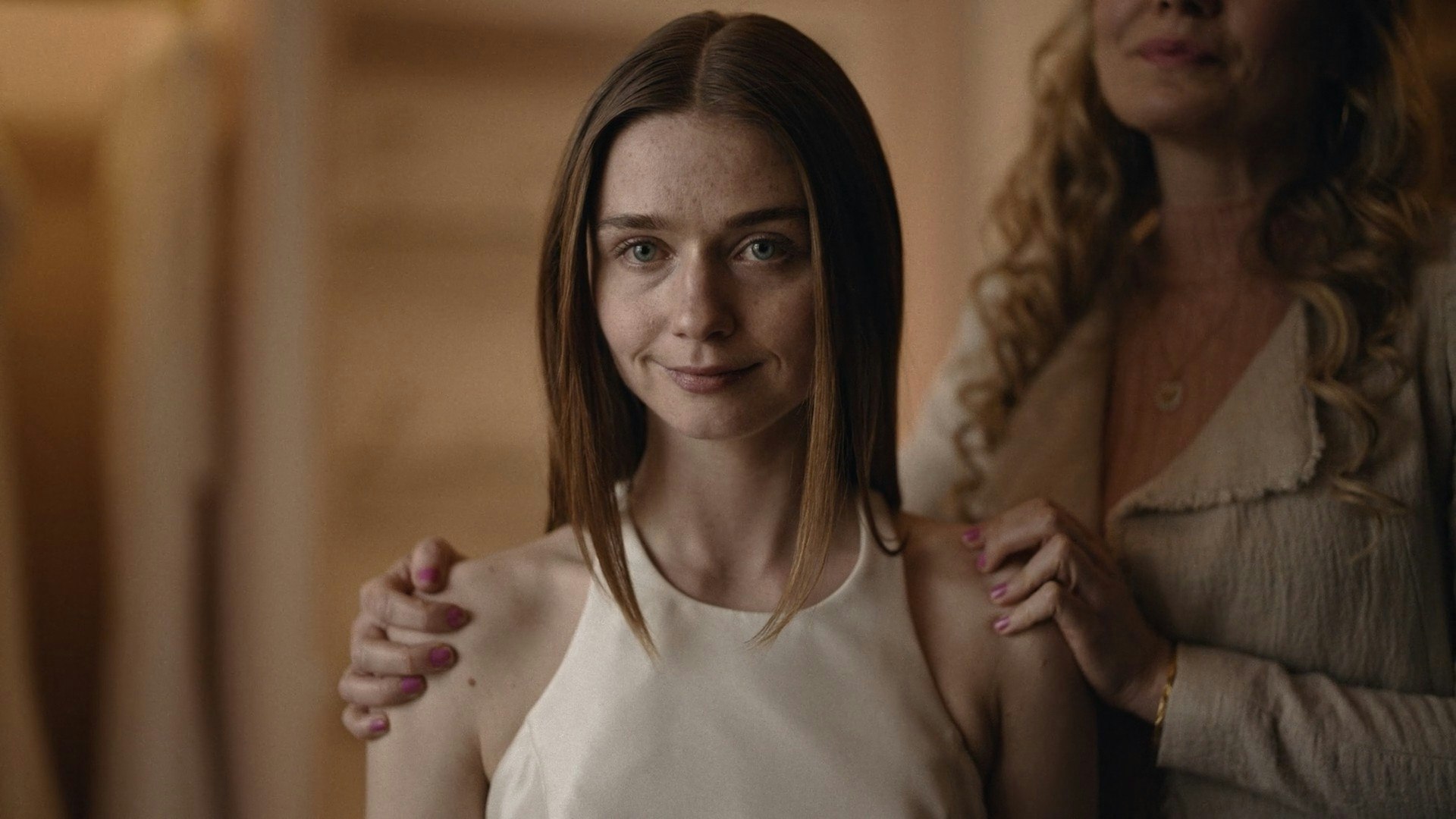
Still from 'The End of the F**king World: Season 2', Cinematographer - Benedict Spence
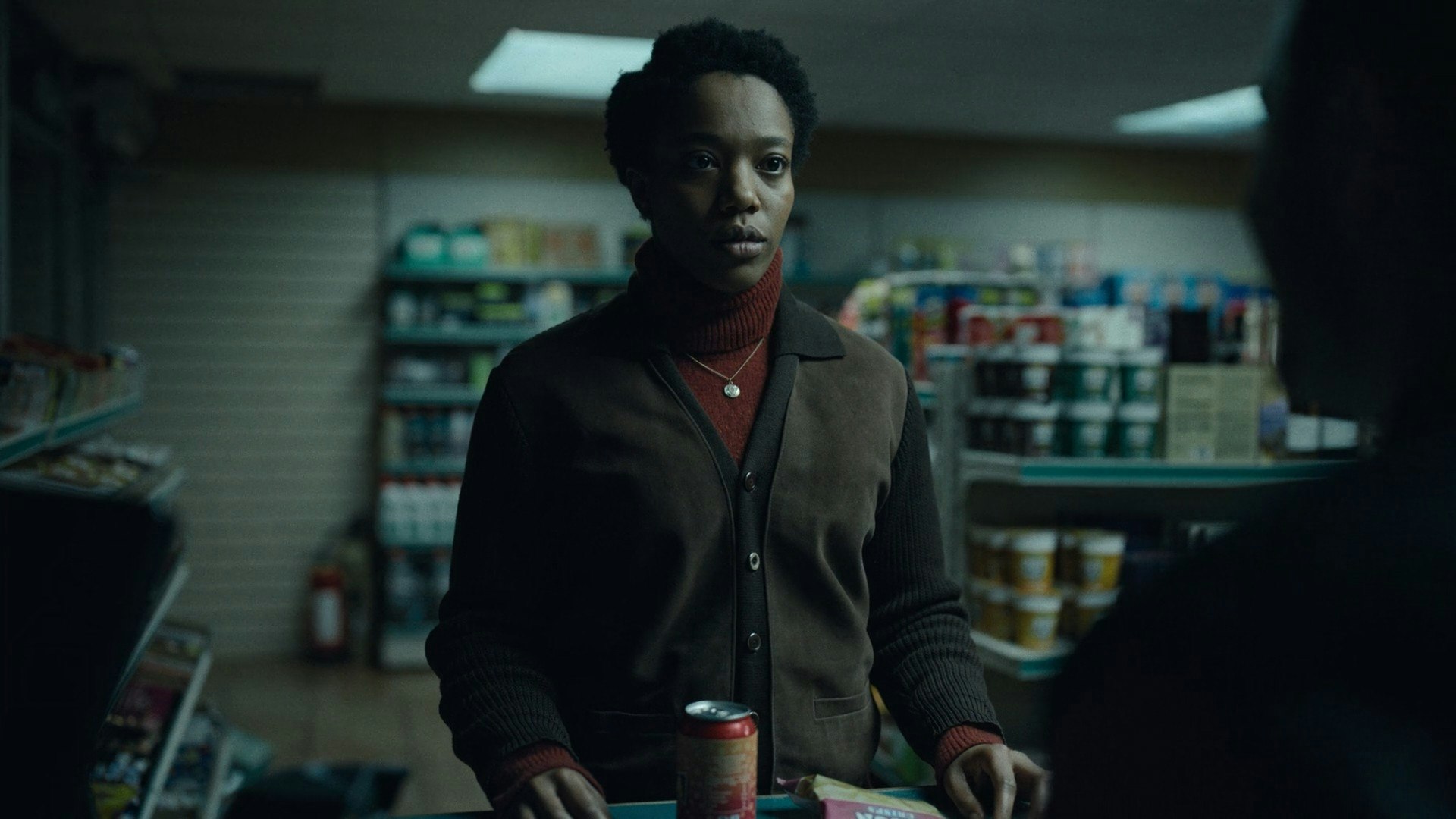
Still from 'The End of the F**king World: Season 2', Cinematographer - Benedict Spence
Fabrik: You've been able to dip into both drama and commercial work throughout your career. Is there a specific project or genre that you haven't yet explored but would love to work on in the future?
Benedict: "Oh I’d love to do a science fiction show… I love science fiction, and I’ve never had the opportunity to shoot it. I’ll have one of those please thanks very much."
Fabrik: Many cinematographers have gear they swear by, do you have a particular camera or set-up that you gravitate towards?
Benedict: "I shoot almost exclusively on ARRI cameras. Either the Mini LF or the Alexa 35. I love how they see the world and I feel my brain and eyes are attuned to their system, which makes lighting easier. They have highlight retention far better than any other camera on the market and yeah they just work.
Lens wise I own a set of Zeiss Supreme primes, which are a workhorse spherical lens set which work for the majority of jobs. Occasionally I’ll need something more specialist or vintage, depending on the project."
Fabrik: Your recent project, Eric on Netflix, has been highly anticipated. Can you share a bit about the visual approach you took for the show?
Benedict: "Getting the Eric script was a dream come true. As a Londoner by birth, my only other favourite place is NYC. The story of Eric covers all parts of NYC of the 80s: family apartments, TV Puppet shows, police stations, seedy clubs, millionaires apartments, and even shanty towns built within the subway. The colour and texture of that world offered me the opportunity apply an amazingly varied pallete to a show that goes from great darkness to emotional highs.
Throughout Eric I tried to light with character and story in mind. In the Lux Club; a place for 80’s revellers, but with a darker underside, I went with a red/blue combination to show the duality of that world. Or for Robert Anderson's apartment, a cold hearted millionaire property developer, I selected compact fluorescent bulbs for his practicals, cool with a green spike, even in daylight lit rooms. They were period appropriate, character appropriate, and helped motivate a cold, unfriendly atmosphere in day interiors.
From the start of the shoot I knew I didn’t want to mimic an 80s style of lighting. I wanted to shoot in a modern way, using modern camera and lighting techniques. However, I knew that Eric needed the feeling of something from the past. I worked closely with colourist Toby Tomkins to bring a texture to the look of the show, not just grain but halation, specs and a host of other little touches to realise the grit of New York City."
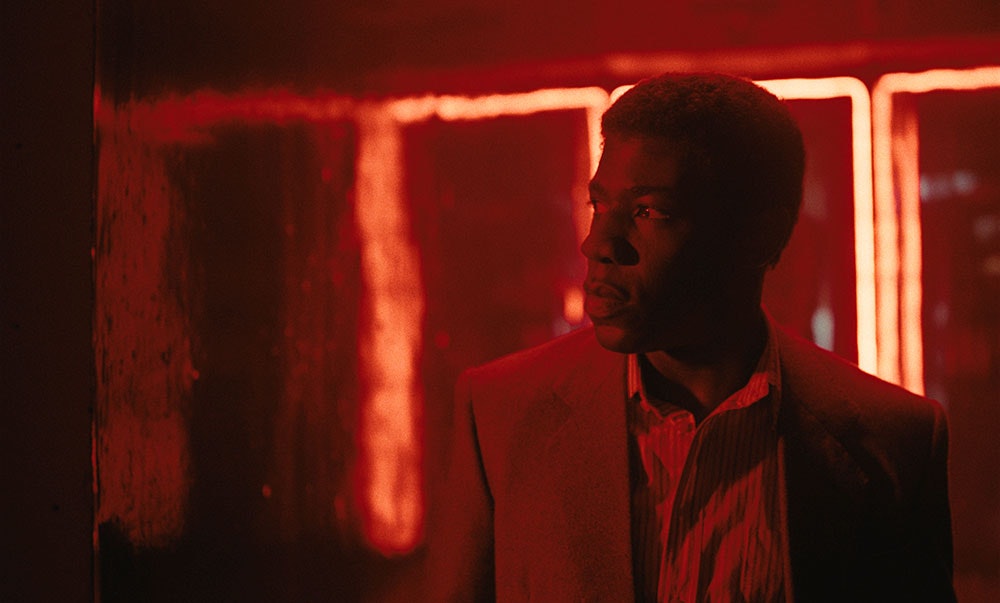
Still from 'Eric', Cinematographer - Benedict Spence
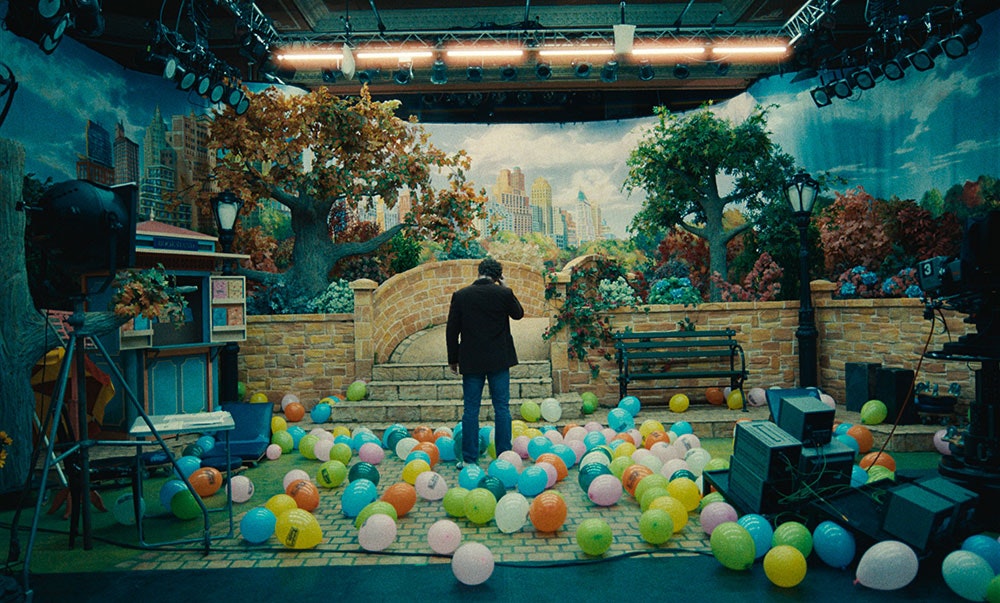
Still from 'Eric', Cinematographer - Benedict Spence
Fabrik: You've been invited to join the British Society of Cinematographers, a huge milestone, how has being a part of that community influenced your work or career, if at all?
Benedict: "I was gently shocked that they let me in! I guess I’ve only been with them for just over a year, and I am still surprised about it. BSC cinematographers I guess have influenced me all my life through their work… I’m always shocked when I IMDB some of the older members and see that they shot some of the film I loved in my youth.
I’m not sure if being a BSC member directly affects your career; I think your work still has to sell you. But it does feel very nice to be welcomed by a group of people who dedicate themselves to the craft, and see the same in you."
Fabrik: Cinematography can be a physically and mentally demanding job. How do you balance your work life with personal time, especially living so close to where you grew up with your family?
Benedict: "Being a cinematographer is indeed a demanding job. From the micro of being on set for long hours, making fast decisions, leading a team, juggling the creative and technical at the same time, and dealing with the politics. To the macro; being freelance, being away for 9 months at a time on the bigger jobs, and trying your best to do good work in a crowded field! But that’s also which makes it such an exciting job, and what draws people to it as a career. It’s incredibly demanding but also incredibly rewarding.
How do I balance it? Also hard, and it takes kindness and understanding from ones family and friends. And then it takes energy when you’re back from a job, and all you want to do is sit on the sofa and stare at the wall because you’re so exhausted. So yeah real talk; it’s fucking hard!
But the true joy of creating an image, and the joy of telling a story keep you going and make it all worth while. And you get paid obvs.

BTS: In-frame - Benedict Spence
Fabrik: What made you choose Fabrik?
Benedict: "Before Fabrik I used to manage and design my own website myself, it was a nightmare and very complex each time I wanted to updated it. When I found Fabrik I was thrilled. They had a great selection of themes, including some lovely simple minimalist options.
The ability to create variations of those themes meant that I could still have a unique website, without any of the hassle.
Fabrik: Thanks so much for chatting with us Benedict, we'll keep a close eye on whatever's coming next! One last one, what's your favourite feature of Fabrik?
Benedict: "The customer support. Honestly, they are great. Clear good advice, and they will do any little tweak I request incredibly quickly and efficiently."
Benedict uses Airdura, an immersive and slick theme that couples gorgeous typography with full-width imagery and unique block styles. With over twenty layouts to play with projects are perfectly presented and each portfolio is truly individual.











